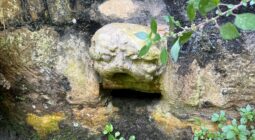
Deepening the spring
By Frank van Steenbergen As in many islands, Malta ever since it was inhabited was always dependent on springs and … Continued

By Frank van Steenbergen As in many islands, Malta ever since it was inhabited was always dependent on springs and … Continued
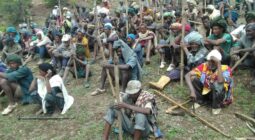
by Getachew Engdayehu, Bantamlak Wondmnow, and Luwieke Bosma Background Despite severe problems—including substantial crop yield loss, damage to grazing grass, … Continued
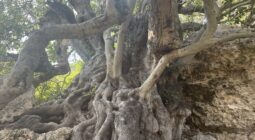
By Frank van Steenbergen There is a 1000-year-old carob tree along an ancient Roman road and pilgrims’ path in Xemxija … Continued
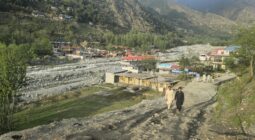
By Muhammad Rahmatullah Khan (Water Resources Specialist) Postcard from Shanko Gujar Barn and Utror Kalam, in the upper catchment of … Continued
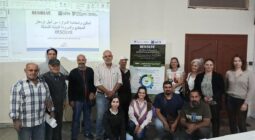
by Farah Kamaleddine, Shadi El Indary, Zeina Mahmoud, Emiliano Moussa, Luwieke Bosma As Lebanon’s food system struggles to recover from … Continued

By the Char Gujimari Community Implementation Committee, Mr. Ambor Ali (President, CIC) and Mst. Jannatul Naim This blog is part … Continued
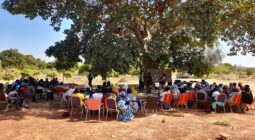
by APIL NGO, supported by Zare Aida This blog is part of a dossier on locally-led adaptation, featuring insights and lessons from … Continued
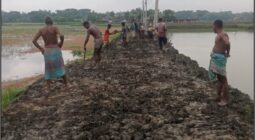
By Md. Mehedi Hasan Shuvo, Monitoring & Evaluation Officer, Climate Change & Water Governance Program, Uttaran These personal stories are … Continued
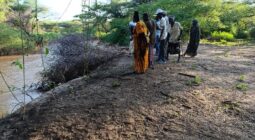
by MIDP This blog is part of a dossier on locally-led adaptation, featuring insights and lessons from the Reversing the Flow (RtF) program. RtF … Continued
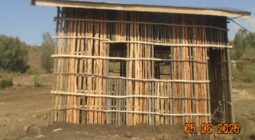
by ORDA Ethiopia. This blog is part of a dossier on locally-led adaptation, featuring insights and lessons from the Reversing the Flow (RtF) program. … Continued
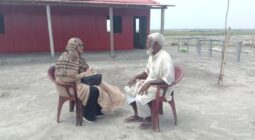
By FRIENDSHIP, Shaheberalga This blog is part of a dossier on locally-led adaptation, featuring insights and lessons from the Reversing the Flow (RtF) program. … Continued
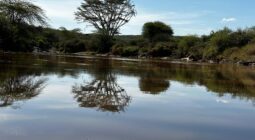
An example from Laikipia, Kenya By IMPACT NGO, Nancy Kadenyi This blog is part of a dossier on locally-led adaptation, featuring insights … Continued